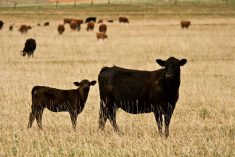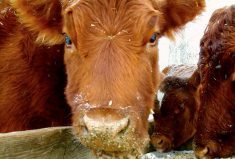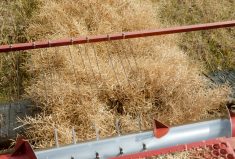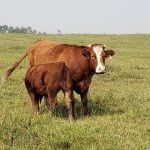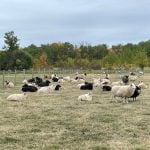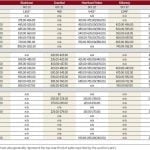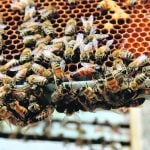Compared to last week, western Canadian yearling prices were $2-$4 higher while calves were relatively unchanged. Stronger fed cattle prices in the deferred positions along with lower new-crop barley values resulted in a firmer tone.
We’re in the last half of April and quality cattle will be hard to come by in 30 days; this time factor also contributed to the stronger market. Fed cattle exports and the Canadian slaughter are running sharply above year-ago levels; therefore, finishing operations are anxious to build up inventories prior to summer. Alberta orders stretched across the Prairies, setting the price structure. U.S. buyers were on the sidelines as the Midwest endured another major storm. U.S. auction market receipts continue to come in above year-ago levels but the market has easily absorbed these larger supplies.
Read Also
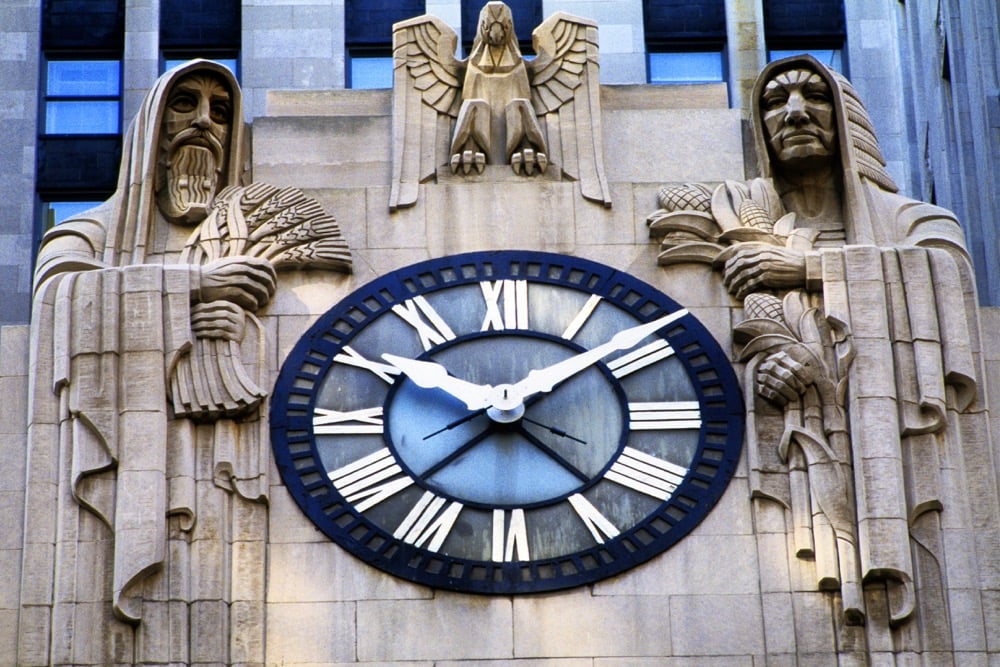
U.S. grains: Soy futures set 15-month high after China agrees to purchases
U.S. soybean futures reached a 15-month high on Thursday after President Donald Trump’s administration said top-importer China agreed to buy tens of millions of tons of American crops in the next few years as part of a trade truce.
In central Alberta, larger-frame tan mixed steers with medium flesh weighing 930 lbs. were quoted at $172; red mixed heifers averaging 875 lbs. were valued at $162. In southern Alberta, medium- to larger-frame Simmental-blended fleshier steers weighing 875 lbs. were quoted at $188 landed in the feedlot; Charolais mixed heifers with heavier flesh averaging 860 lbs. were valued at $165 in the same area. In central Saskatchewan, larger-frame Angus-blended steers weighing 830 lbs. were valued at $189.
October and November feeder cattle futures continue to trade near 52-week highs, which has kept the calf market well supported. Finishing feedlots were once again major buyers in the lighter weight categories. It appears that yearling numbers in the fall period will be lower than anticipated, and with April 2020 live cattle futures trading over $125, buyers have full confidence paying up for 500- to 600-lb. calves.
In central Saskatchewan, fresh mixed Angus steers weighing 525 lbs. were quoted at $244 while fall-born larger-frame mixed tan heifers weighing 560 lbs. were valued at $202. In southern Manitoba, Hereford steers weighing 700 lbs. traded for $205; black Angus-based heifers weighing just under 500 lbs. were quoted at a whopping $216.
— Jerry Klassen manages the Canadian office of Swiss-based grain trader GAP SA Grains and Produits Ltd. and is president and founder of Resilient Capital, specializing in proprietary commodity futures trading and market analysis. Jerry consults with feedlots on risk management and writes a weekly cattle market commentary. He can be reached at 204-504-8339.






